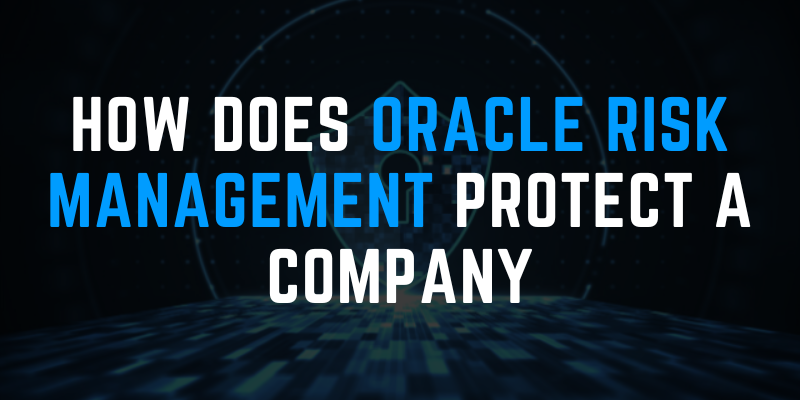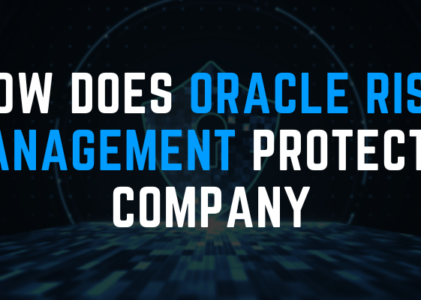Some precautions are required as your organization grows to secure certain aspects of your work. This is true for almost any large organization with a business hierarchy. It becomes increasingly important as your organization takes on larger projects and assigns more employee roles. A partnership of two people running a coffee shop does not need to worry about who has what authorization. Still, a 40-person business strategy service should never grant full data access to every intern who walks through the door. Here, we will discuss How does Oracle Risk Management protect a company. Join FITA Academy‘s Oracle Training Fees in Chennai. It offers advanced certification training and 100% job placement assistance.
Fortunately, Oracle Risk Management Cloud offers several tools to assist in avoiding risk and risky situations involving potential fraud or errors. These tools, which can be found in Oracle Advanced Access Controls and Oracle Advanced Financial Controls, require some setup. Still, the effort and security benefit your organization in the long run. The following article will explain how these tools work and how they can be customized to meet your organization’s needs.
What does Oracle consider risky?
Advanced Access Controls in Oracle Risk Management assists organizations in locating user-role assignments that provide certain users with excessive access through their application roles and privileges. This includes situations in which a user is responsible for creating and approving a product or report. By putting a user in charge of both roles, an organization’s review process is rendered useless, and its operations are at risk. This logic applies to a variety of privilege assignments and role-and-privilege combinations.
Oracle Advanced Financial Controls assists organizations in identifying different types of risk, such as fraud or errors related to transactions performed using Oracle Cloud applications or by tracking changes in the Oracle Cloud audit framework. This is accomplished by using user-created models with filters that define what an organization considers risky or fraudulent. In this way, Oracle Advanced Financial Controls assists organizations that are familiar with their structure in identifying situations where they are vulnerable. If your company has an Auditor, they may create a transaction model to determine the level of risk your company’s systems are exhibiting when the model is evaluated based on the auditors’ experience and familiarity with financial risk.
Enroll in Oracle Certification Courses Online, Which will help you understand more Concepts about the benefits of Oracle Risk Management.
How do you create Advanced Access Controls models to detect risk for you?
You must create Advanced Access Controls access models to locate problematic user-role assignments. These models house controls your organization has designed to counter risk by enforcing user-created risk logic built to detect risky scenarios.
Access models carry out the following key functions:
- Filters can be used to find roles, privileges, and role-and-privilege combinations that pose a compliance risk.
- Keep track of the outcomes of suspect risk scenarios for users to review.
- Test risk-logic definitions in a model before incorporating them into control.
- Provide a risk assessment for a system at a specific time.
Access points are used to build access models. Users must first obtain permission to work with access models before using them. This is accomplished by granting users specific privileges such as Promote Worker or roles such as Line Manager, granting users access to various data in your organization’s system.
How Oracle Advanced Financial Controls works with models?
Advanced Financial Controls also employs models with filters that define what your company considers to be risky. These transaction models assist users in locating transactions that meet the risk criteria. Users of Advanced Financial Controls models can do the following:
- Define risk logic.
- Locate instances of risk using risk logic.
- Assign users to correct these instances.
Where do I begin with Oracle Risk Management?
Risk management may appear intimidating at first. There is a huge amount of information to process and many decisions to make about roles, privileges, and other points of access that can put your entire organization at risk. Instead of becoming overwhelmed, use the advice in this article to create a strategy based on access models and risk logic that works best for your company.
Final Words
This blog has discussed How does Oracle Risk Management protect a company. Join the Oracle Training Institute in Coimbatore, which offers the best certification training with knowledgeable instructors.
Read more: Oracle Interview Questions and Answers
Comments
0 comments

